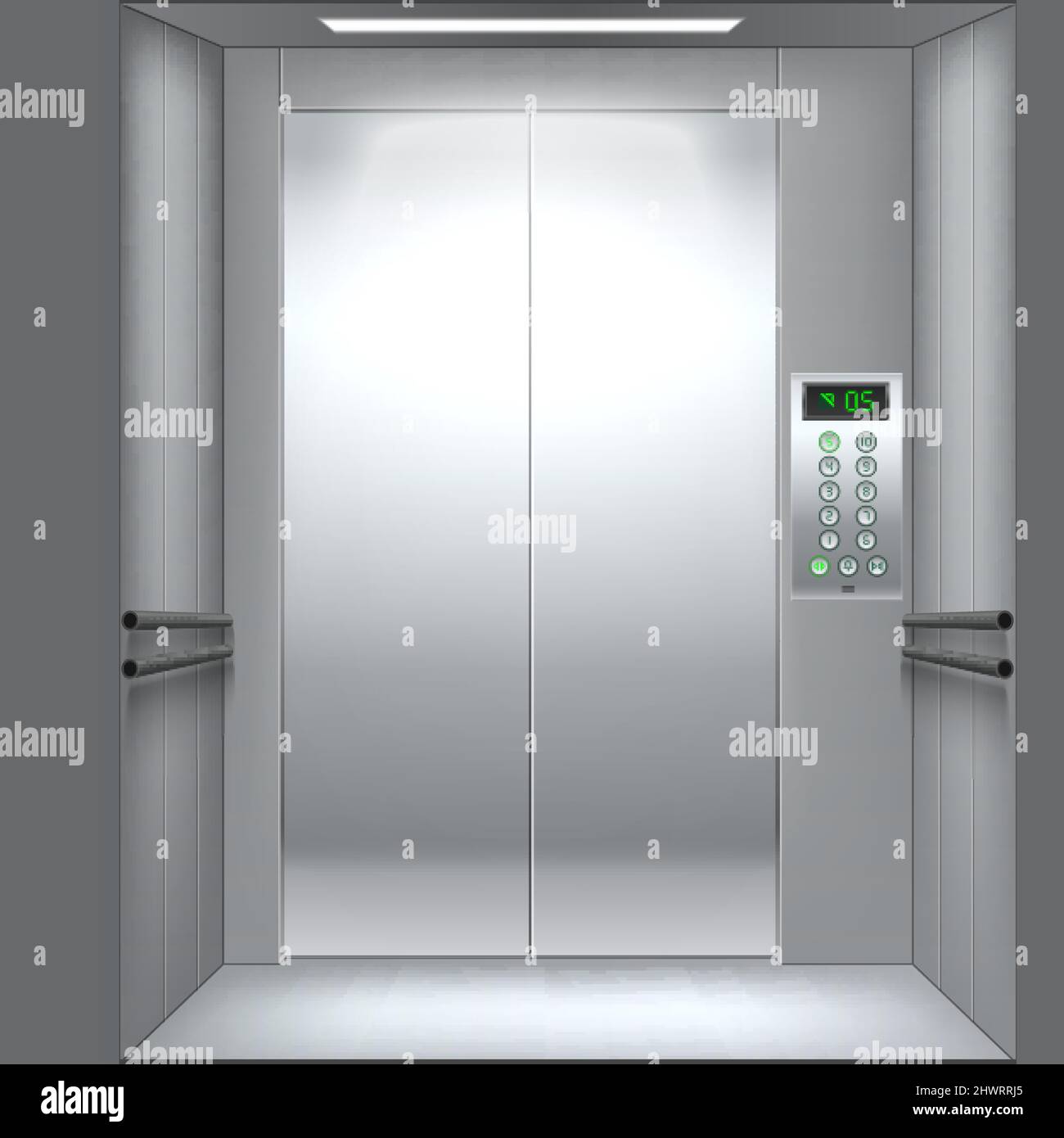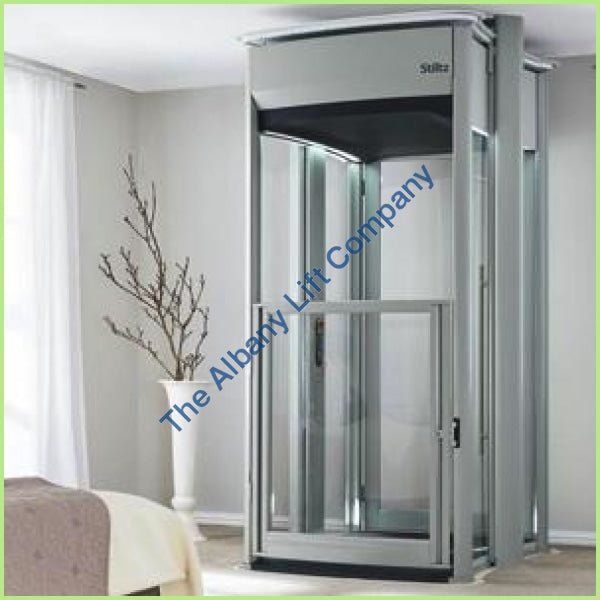Contrast Disabled Platform Lifts Prices UK: Affordable Options for every single Requirement
Contrast Disabled Platform Lifts Prices UK: Affordable Options for every single Requirement
Blog Article
Looking Into the World of Elevators: Typical Issues Encountered by Numerous Lift Mechanisms
As we browse with the upright transport systems of modern structures, elevators attract attention as an essential part of our everyday lives. However, behind their smooth operation exists a globe of intricate devices that can often encounter obstacles. From hydraulic elevators to traction systems and machine-room-less styles, each lift type includes its collection of typical concerns. Understanding these difficulties is crucial for ensuring the smooth functioning of these crucial systems. Allow's check out the intricacies that underlie the procedure of elevators and the possible issues that can develop, clarifying the elaborate internet of lift devices.
Hydraulic Elevators
Hydraulic lifts, frequently favored for low-rise structures, make use of fluid stress to regulate the activity of the lift car (lift repair companies). This system includes a hydraulic pump pressing oil right into a cylinder, creating the lift to relocate in the desired direction. While hydraulic elevators are known for their peaceful and smooth procedure, they do feature their very own collection of usual concerns
One widespread trouble with hydraulic lifts is oil leakage. Additionally, issues with the control system, such as faulty shutoffs or a malfunctioning pump, can trigger disruptions in the lift's activity.
Routine maintenance and timely repair work are necessary to make sure the smooth functioning of hydraulic lifts. By resolving these typical issues proactively, building proprietors can decrease downtime and guarantee the safety and performance of their upright transportation system.
Traction Lifts
When thinking about vertical transport systems in buildings, another typical type aside from hydraulic lifts is the traction lift. Traction lifts run using a system of ropes and weights that move the lift cars and truck by grasping onto the hoist ropes. This device enables for smoother and faster upright transport compared to hydraulic systems.
Among the usual problems faced by traction lifts is rope wear. The consistent movement of the ropes within the traction system can cause tear and put on gradually, potentially creating the elevator to breakdown or become dangerous for use. Routine evaluations and upkeep of the ropes are necessary to make certain the elevator's proper performance and safety.
An additional issue that grip elevators may run into is associated with the control system. Problems with the control system can result in concerns such as irregular motion, hold-ups in reaction times, or perhaps complete closures. Routine screening and upkeep of the control system are important to stop such issues and guarantee the lift's dependability.
Machine-Room-Less (MRL) Elevators

One of the key parts of MRL elevators is the small gearless traction machine that is set up within the hoistway. This device successfully drives the elevator vehicle without the requirement for bulky tools found in typical traction lifts. Furthermore, MRL lifts generally use a weight system to balance the cars and truck, further boosting their energy effectiveness.
Regardless of their advantages, MRL elevators might encounter challenges associated to repair and maintenance as a result of the constrained space for devices setup. Accessibility for servicing components within the shaft can be limited, needing specialized training for service technicians. Appropriate maintenance routines and routine examinations are critical to guarantee the continued smooth operation of MRL elevators.
Overloading and Weight Limit Issues
Are elevators furnished to take care of excess weight lots successfully and safely? Overloading and weight limit problems are vital worries in lift procedures. Lift makers style raises with certain weight abilities to make certain guest safety and security and devices durability. Surpassing these weight limits can result in different problems, including mechanical failings, hold-ups, and security dangers.
When lifts are overwhelmed, it puts too much strain on the motor, wires, and various other elements, possibly triggering malfunctions or breakdowns. If they spot excess weight, safety and security systems such as sensors and overload sensors are in location to prevent lifts from moving. In addition, surpassing weight limits can cause enhanced energy consumption and deterioration on the elevator system.
To minimize overwhelming concerns, developing supervisors you could try this out ought to prominently display weight limitations in lifts and inform owners on the significance of sticking to these restrictions - lift repair companies. Routine upkeep checks by certified specialists can additionally help make sure that lifts are operating within risk-free weight criteria. By dealing with overloading and weight limitation problems proactively, building owners can boost elevator safety and security and efficiency
Electrical System Failures
Exceeding weight limits in lifts can not only result in mechanical concerns yet additionally potentially add to electric system failings within the lift infrastructure. Electrical system failures are an essential concern in elevator procedure, as they can trigger unanticipated closures, malfunctions, or even security risks. One usual electrical issue is the go to my blog overheating of elements because of extreme existing circulation brought on by straining the elevator beyond its capability. This can cause harm to the circuitry, control, or electric motor systems, resulting in costly repairs and downtime.
Routine upkeep and assessments are essential to recognize and deal with possible electric concerns quickly, ensuring the efficient and secure operation of elevator systems. By sticking to weight limitations and performing routine electric system checks, structure owners can alleviate the threat of electrical failings in elevators.
Verdict

Hydraulic lifts, commonly chosen for low-rise structures, utilize fluid stress to control the activity of the elevator cars and truck.When thinking about upright transport systems in structures, another common type apart from hydraulic elevators is the traction lift. Traction lifts run utilizing a system of ropes and counterweights that move the elevator automobile by gripping onto the hoist ropes. Unlike conventional lifts that require a separate equipment room to house the devices, MRL lifts integrate most of the components within the shaft, eliminating the demand for a specialized equipment room.In final thought, lifts face published here common problems such as hydraulic breakdowns, grip system failures, and electric system troubles.
Report this page